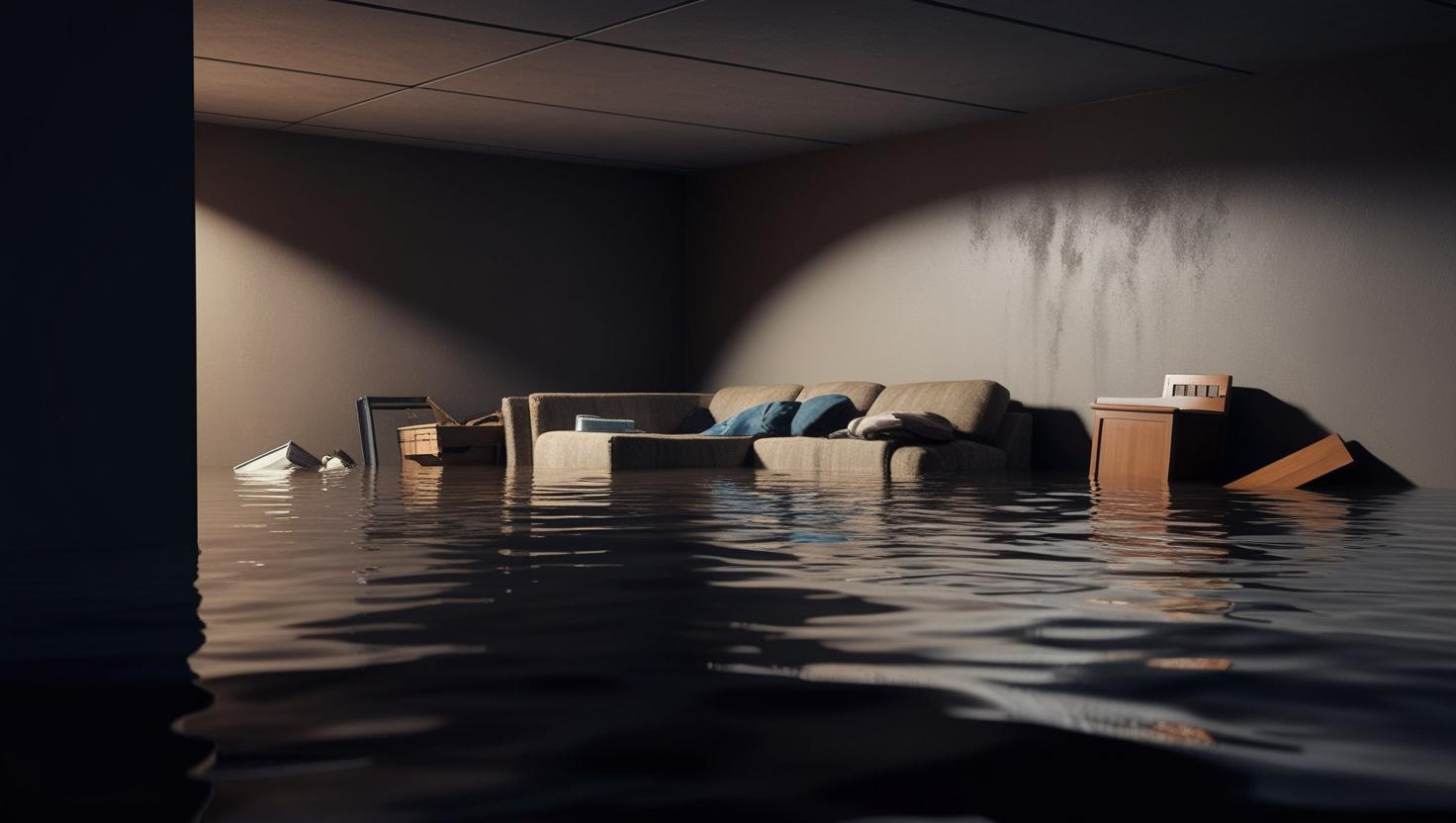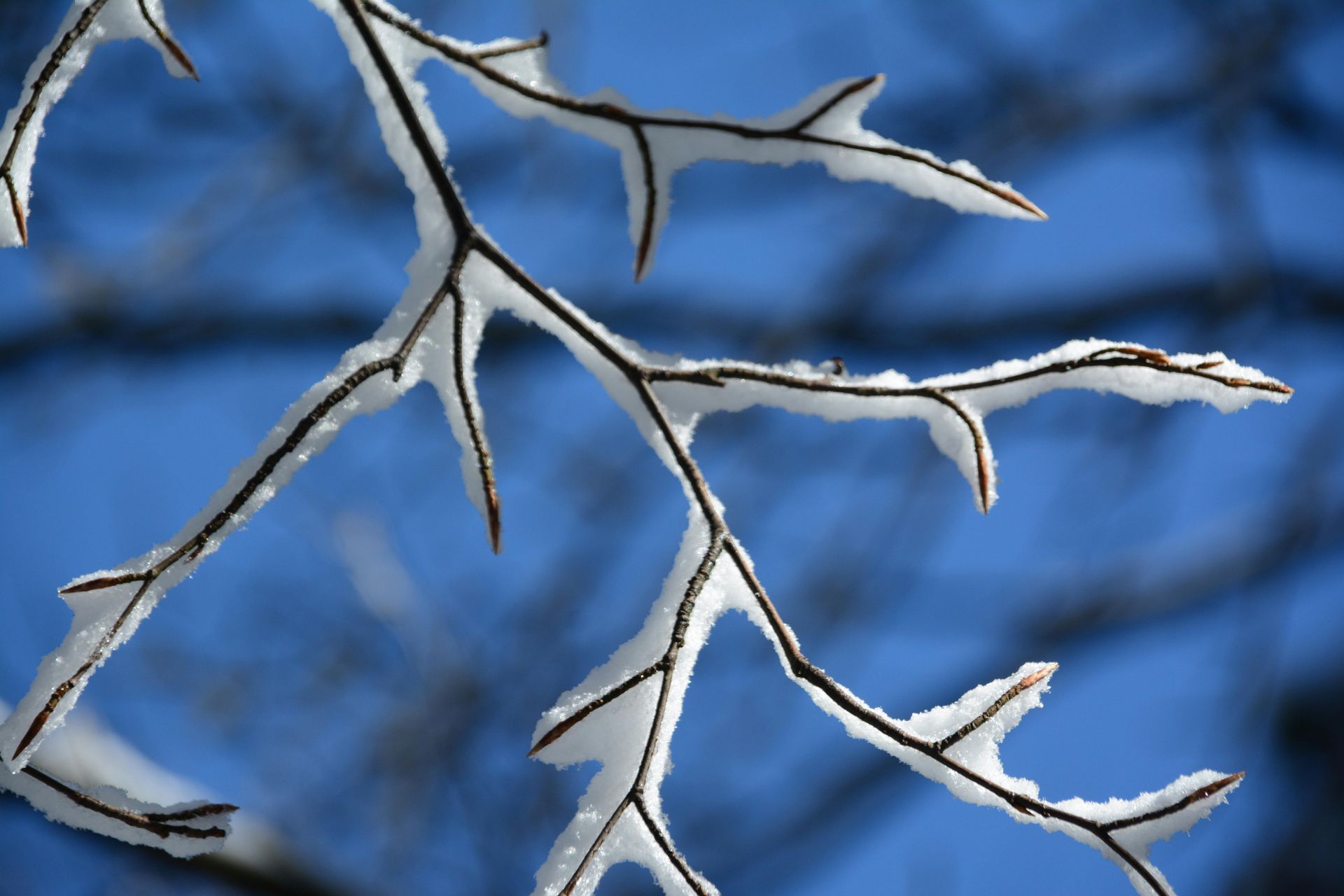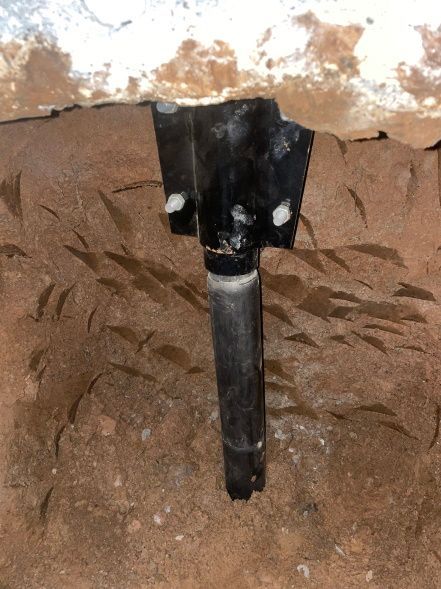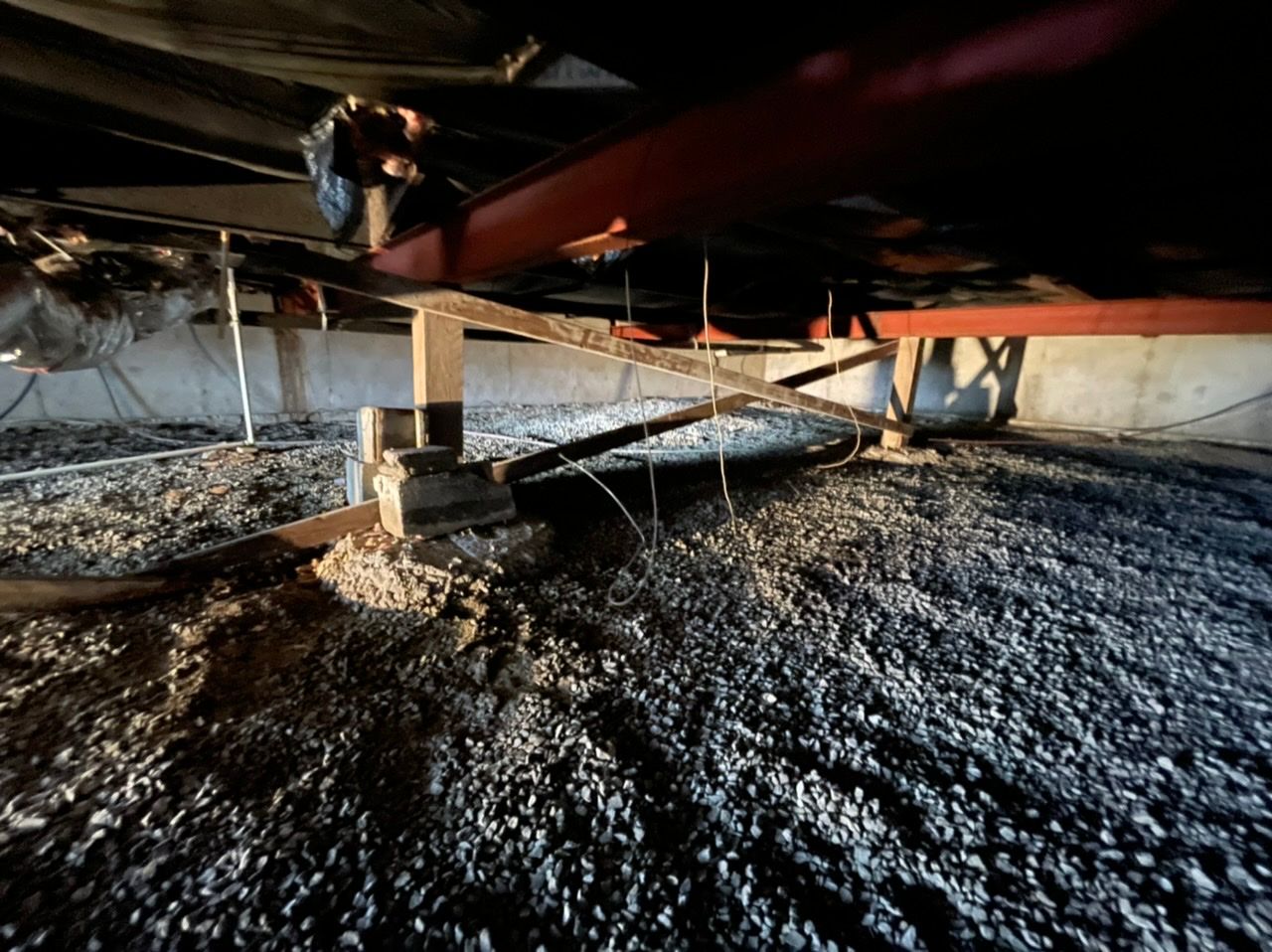The Best Waterproofing Method for Older Kansas City Home
Tips to Identify the Best Waterproofing Method

The best waterproofing method for an older Kansas City home depends on your foundation type and specific water issues. Exterior waterproofing combined with proper grading and upgraded drainage is the most effective overall solution.
Besides, for the interior waterproofing, all you need to start with is sealing the appearing cracks, encapsulating the crawl space, or, often, foundation underpinning is enough to deal with the issue.
However, starting from soil stabilization to installing French drains and sump pumps, each technique targets unique problems to keep water out.
What Are the Best Waterproofing Methods for an Older Kansas City Home?
Now, we are going to discuss all the proven methods to keep older Kansas City homes top-up by addressing the water issues.
1. Exterior Waterproofing
You can start with waterproofing the foundation walls from the outside, especially in areas with clay-rich soils and fluctuating underground water levels, due to extreme hydrostatic pressure. It protects the foundation from soil movement and shifting, which could result in water infiltration.
Soil Stabilization or Mudjacking
Soil stabilization, or mudjacking, is all about injecting a cementitious slurry beneath settled concrete slabs or around foundations. In Kansas City, it is common for the soil to shift and expand with changing moisture levels, which can cause settling or uneven foundations. Soil stabilization lifts the foundation and prevents shifting, keeping it intact.
Cementitious Waterproofing
Cementitious is a widely used and cost-effective waterproofing method, mostly used to save the foundation from water damage. For instance, a cement-based compound, often with polymer, is applied on masonry foundations. Once the coating gets hardened, you will see a strong barrier against the wall that prevents water from seeping in.
Liquid Waterproofing Membrane
It is an efficient liquid coating applied directly to the surface that cures and then helps to form a flexible barrier on foundation walls. You can use it to cover uneven surfaces to make them suitable for stone or uneven foundations. Such a surface is usually common in older homes.
Polyurethane Liquid Membrane Waterproofing
Polyurethane liquid is the protective coating mostly used in challenging situations, especially when it fails to solve it with cement coating or a simple liquid membrane. This is like when the area is in contact with heavy moisture, leaks, or weather conditions. After applying, the membrane hardens and forms an elastomeric layer. It adheres securely to the surface and ensures good protection.
2. Grading and Landscaping
Most homeowners in the Kansas area opt for grading and landscaping to direct water away from the home’s foundation. It is particularly useful for the older Kansas City homes where it is common to have settled soil and poor drainage, leading to water infiltration.
Grading is all about sloping the ground away from the foundation to ensure it directs water flows away from the home rather than towards it. For instance, making a positive grade is common, which includes a slope of about 5% or about a 6-inch drop over the first 10 feet away from the building.
Landscaping is equally important. In this process, you can add sufficient plants, soil, terrain, and often built features like walkways or retaining walls. It also helps best manage surface water and prevent it from seeping near the foundation.
3. Waterproofing the Interior
Not just exterior waterproofing is enough; you need to put the same focus on the interior as well to save the basement or foundation from causing damage. Here are a few interior waterproofing techniques:
Crack Repair
All you need to do first is identify the foundation or basement wall cracks that easily allow water to seep inside. You can take assistance from the proper foundation specialists, like that you will find at PierMagic, who often suggest the polyurethane injection method. Here, liquid polyurethane resin is applied into cracks and fills the gap.
Interior Sealants
It is a widely used waterproofing plan applied as part of a comprehensive waterproofing plan after cracks have been repaired. In this process, a waterproof solution, more likely acrylic or silicone-based coatings, is applied to the surfaces. After drying, it creates an impermeable layer and prevents moisture from entering the home.
Foundation Underpinning
Most homeowners in the Kansas area prefer foundation underpinning to give strength to the existing foundation of an old building or structure. It is about excavating underneath the existing foundation, where a new concrete level is applied to create a strong base
4. Crawl Space Encapsulation
It is the professional-grade moisture control method that offers seals for the crawl space to keep it dry, clean, and energy-efficient. Some of the common methods you can consider here:
Vapor Barriers
It is a thick plastic sheet, typically about 6 mil or thicker. It is installed over the crawl space floor and sometimes up the walls. The barrier controls humidity, reduces mold and mildew risk, and also improves air quality.
Dehumidifier
It is a specialized appliance that removes excess moisture from the air. It does it by removing the humid air and condensing the moisture. Even with a vapor barrier, moisture can still enter from air leaks. This is where a dehumidifier helps maintain consistent low humidity. Check out the benefits of the EZ Breathe!
5. Upgrading the Outdated Drainage Systems
Over time, older homes often have drainage systems that no longer function properly. It is often the main reason for water to seep into the foundation. To upgrade the drainage system and manage water around the foundation, here are a few best methods you can consider:
French Drains
French Drain is a trench filled with gravel or rock that contains a perforated pipe that directs water away from the foundation. The water enters the drain through the holes in the pipe and flows to the more suitable drainage area.
Sump Pump Installation
You can also install a sump pump to move water from your basement to the outside of your home. This specialized device is typically installed in a sump pit and set at the lowest point of the basement or crawl space. When the water reaches a certain level in the pit, the pump automatically activates and removes the excess water.
Downspout Extensions
Downspout extensions are an effective solution that helps to move rainwater at least 10 feet away from the home’s foundation. It also reduces the risk of potential water damage. You can keep your older home's basements, crawl spaces, patios, and outdoor structures always dry and healthy.
6. Gutter Cleaning and Maintenance
Clogged gutters are one of the main reasons that cause water to overflow and damage the landscaping and foundation. So, it is recommended to inspect the gutter at least twice a year for clogs of debris like leaves, twigs, and dirt, and remove them.
Over time, gutters can crack or pull away from the house due to the overpressure of the accumulated debris. For Kansas City homes, winter freezing and thawing cycles put extra strain on them and make the problem worse.
So, it is better to have a professional inspection and fix the related issues to effectively direct water away from the home’s foundation.
Proper waterproofing is important if you want to protect your old Kansas City homes from further costly water damage. Depending on the damage severity, you can go with any of the solutions from waterproofing, grading, interior repairs, to drainage upgrades.
All you need to ensure your home stays dry and structurally strong for years to come. For instance, you can seek professional assistance from our foundation experts. Contact us and get the expert waterproofing solutions customized to your home’s needs.




